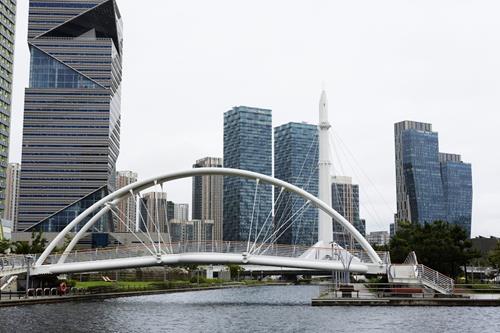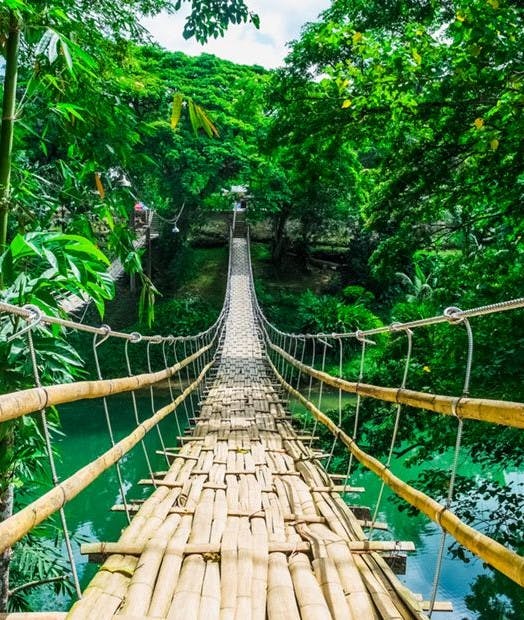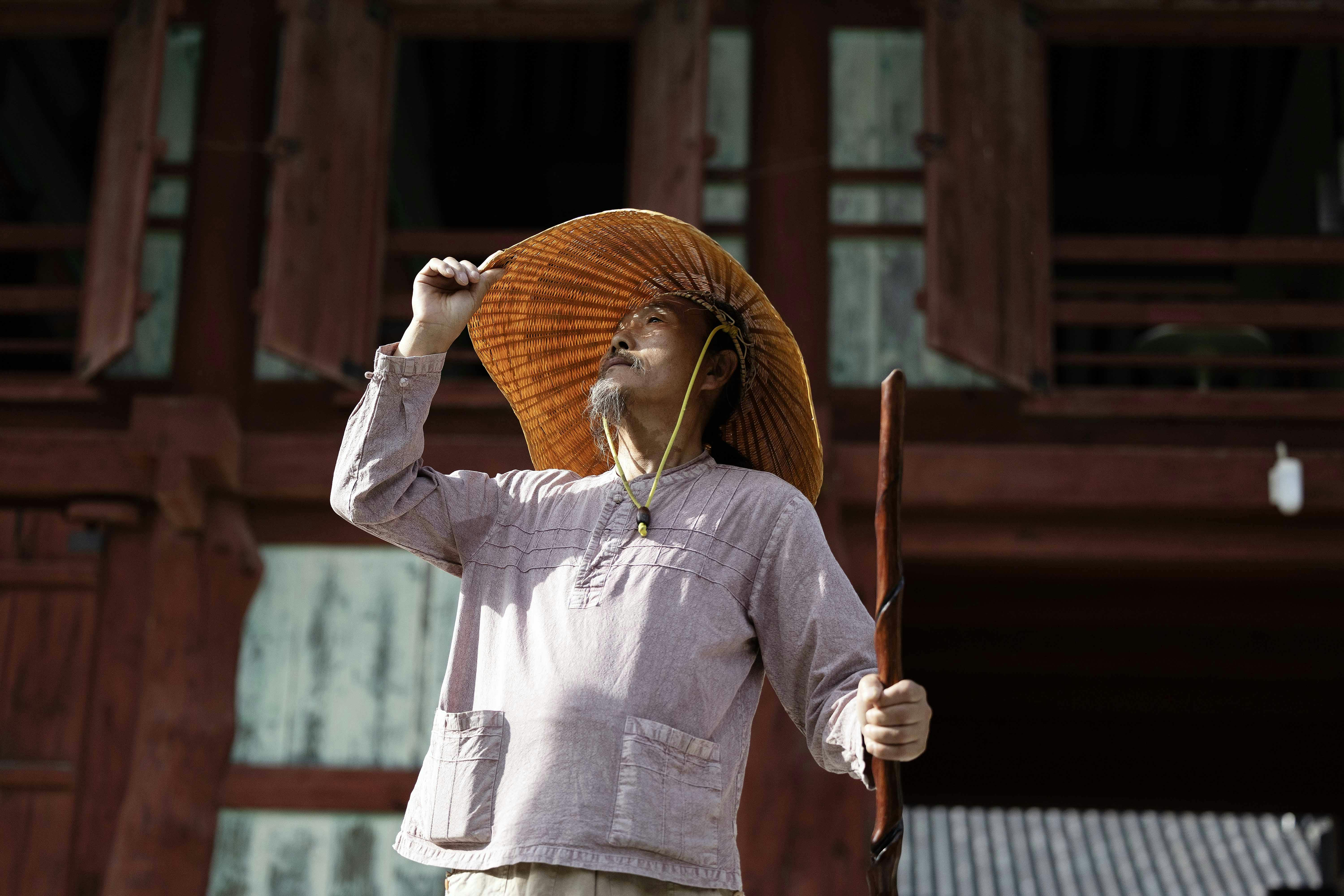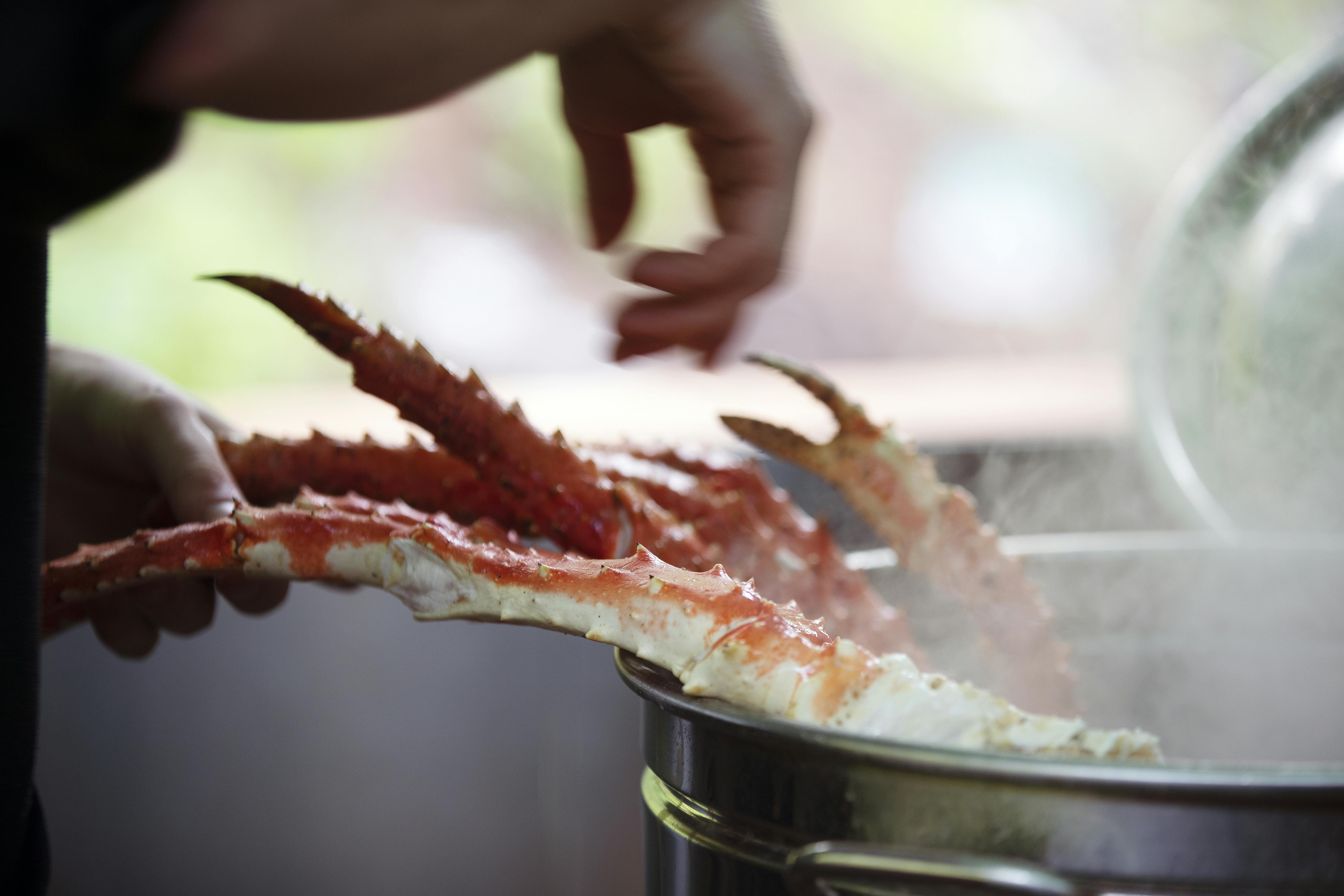Our Insider’s Guide: Korea’s Incheon
Incheon, one of northeast Asia’s largest commercial ports – and a magnet for cruise ships, too – enjoys a history that dates to 475 AD. These days, it’s a colorful mix of more recent times (from the mid-19th century onward), and it serves as a gateway to Seoul, which is 1.5 hours away. It’s long been Korea’s most significant maritime port.
These days, Incheon is enjoying a renaissance. Besides historic districts that showcase the city’s Chinatown, its traditional Sinpo International Market, and its maritime history, its museums, especially for Korean War buffs, such as the Memorial Hall for Incheon Landing Operation, offer compelling experiences.
Incheon’s not reveling only in its past. Songdo International Business District is being developed here and has much to attract visitors, too. The area is a strong nod to expanding Incheon’s appeal beyond its reputation as Korea’s most significant maritime port. Songdo Central Park, with its manmade lakes that incorporate seawater, has an amazing series of sculptures and is flanked by high-rise buildings that include the G-Tower Observatory, designed by legendary architect Zaha Hadid – and, as an ode to the city’s overall history, a preserved hanok village.
Discoveries in Incheon
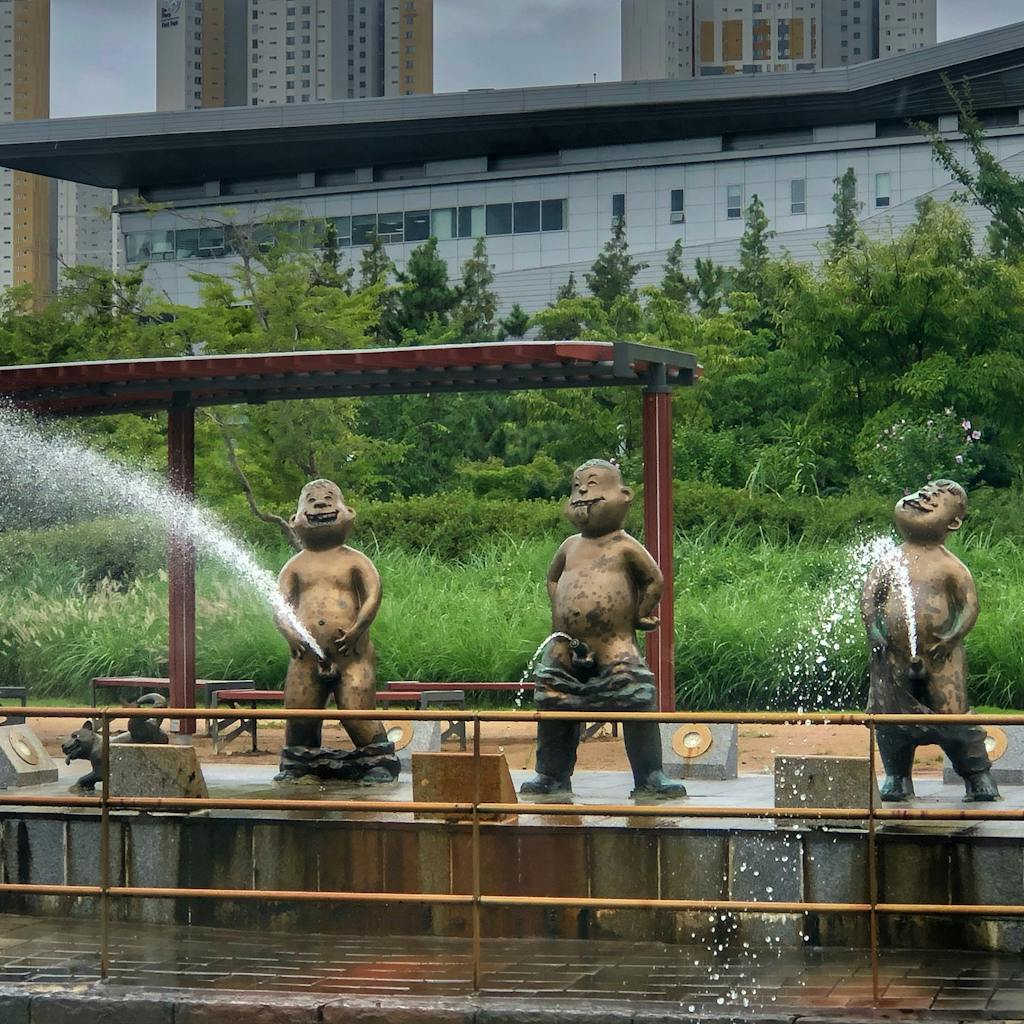
Biggest surprise: We’d heard the buzz that the highlight of the night view of Songdo Central Park, by water bus, is the play of light from nearby skyscrapers and the park itself, reflected by the waterways. What really surprised and delighted was that traveling by water bus through the park during the daytime offered a different experience, one that’s a bit more placid, more focused on the art and culture of Songdo, and a great place to stroll, sip a drink by the waterfront and wander over to the NC Cube Canal Walk, for European-influenced shopping and restaurants.
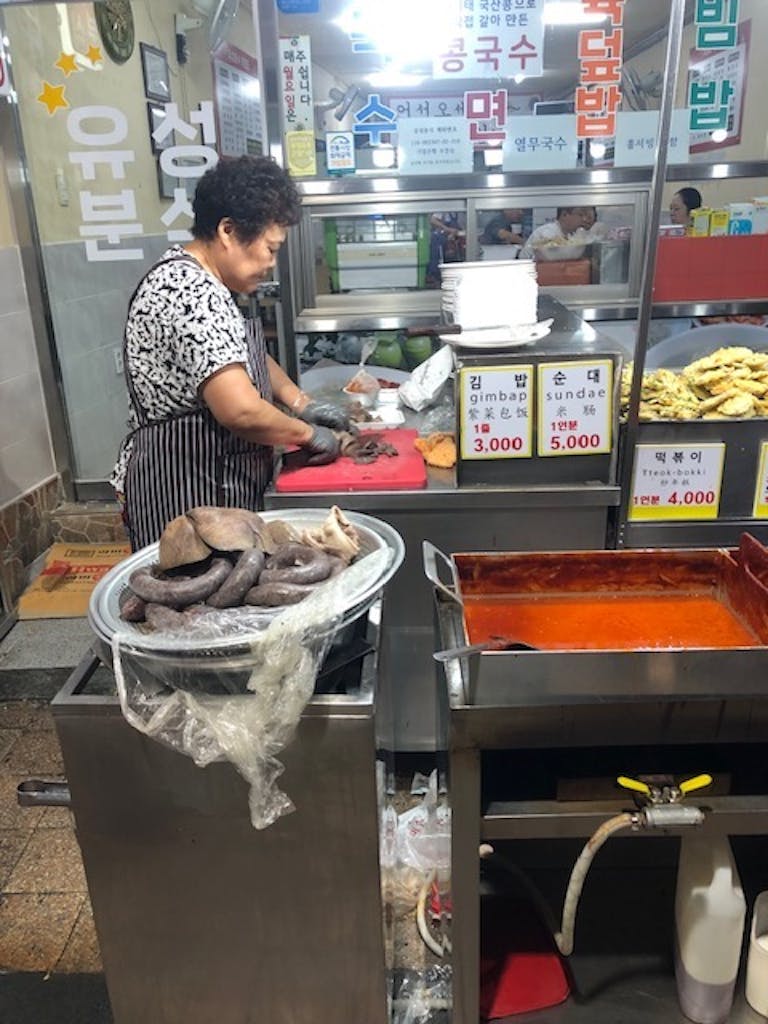
Best for culinary enthusiasts: Definitely the Sinpo International Market, where the famous (and oh-so-spicy) Korean fried chicken is made on the spot. You can buy it to go – or sit down and enjoy it in one of the market cafes. We recommend you pair it with Korean’s Cass (cassa) beer.

Favorite quiet moment: You can spend half a day on beachy Wolmido Island, home to a carousel, among other diversions, on its coastal promenade. There’s an observatory, with sprawling ocean views of ships arriving or departing at the port. There’s the Museum of Korea Emigration History. For me, though, the place that stilled my soul was the gardens in Wolmi Traditional Park. There are replicas of famous natural spaces from the Joseon Dynasty, including a pond filled with lotus flowers and a bamboo garden. In the midst of the older part of Incheon, the feeling that you’re truly and deeply absorbed by ancient countryside is restorative. And you can also hike, stroll and snack to your heart’s content.
Hassle-free touring: When Silversea ships call at Incheon, which often involves an overnight, there’s a half-day Incheon orientation tour. Here you’ll see the breadth of the city attractions (including, as noted above, the Memorial Hall for Incheon Landing Operation, Sinpo International Market, Chinatown and Wolmido Island, among others). Because it’s a half-day tour, head out by taxi later to Songdo Central Park on your own; it’s easy to navigate.
Editor’s Note: In this package of five stories about Korea and its ports of call, some you’ve heard of, others exquisitely new to many travelers, read more about our impressions about Korea from the trip and also about Busan, Yeosu and Sokcho.




